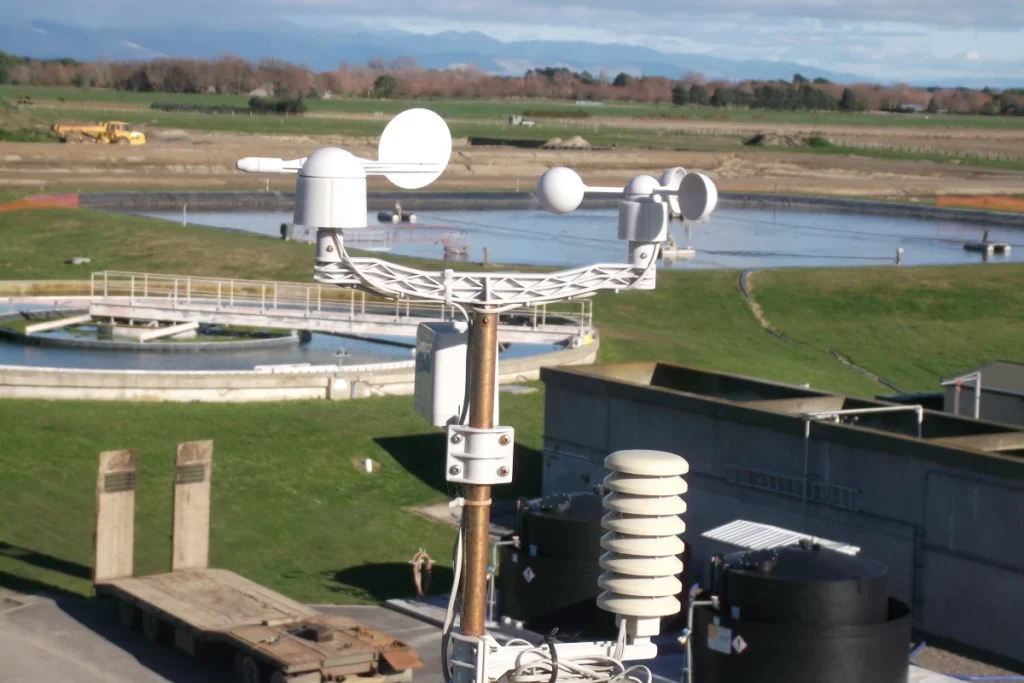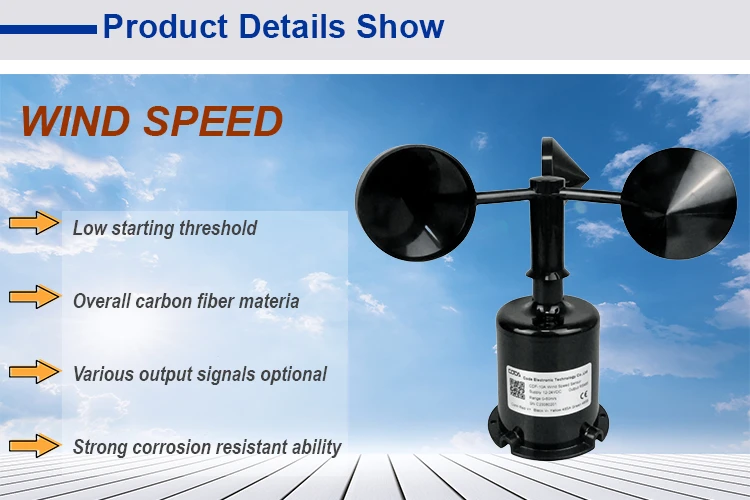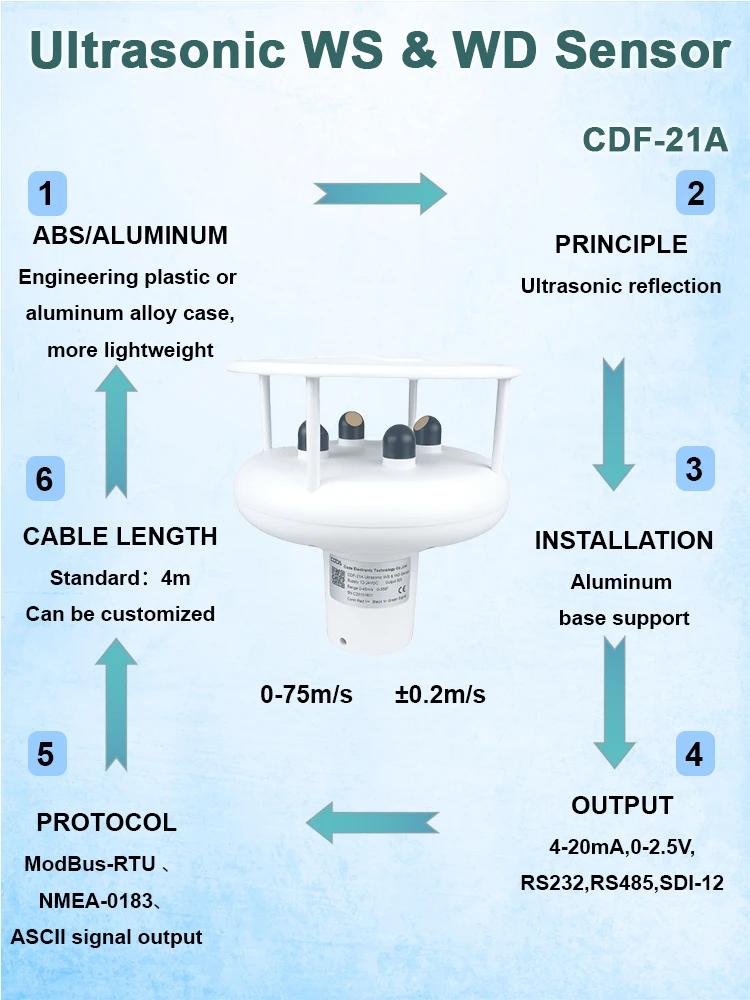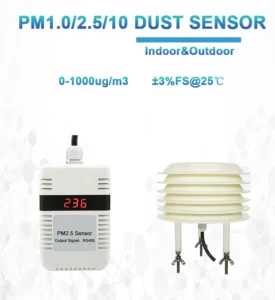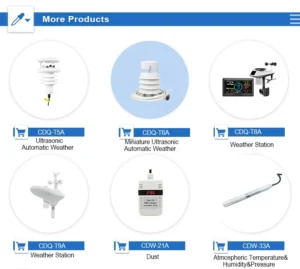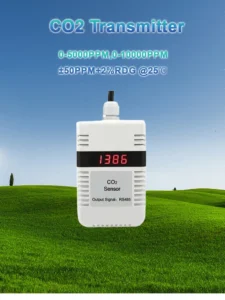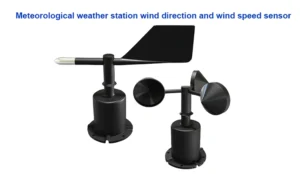What is the definition of an anemometer?
Anemometer Definition : Many people ask what an anemometer is and what it does. This article explains what an anemometer is, the different types, and how it is used. A cup anemometer is a tool that measures how fast the wind blows.
People often use it as a wind sensor in weather stations. It also has many uses. These include places like coal mines, underground mines, and other risky areas.
In these places, it can instruments that measure wind fast and accurately. It can give the average wind speed for one minute.
Industries such as transportation, construction, chemical processing, food manufacturing, and wind research use wind speed sensor. They use these tools to measure the average wind speed correctly.
Understanding the basic principle of an anemometer
Hot-wire anemometers work use electric current to heat a thin wire. This wire stays hotter than the air or gas around it.
When fluid flows over the wire, it takes away heat. This cools the wire down. The theory of forced convection connects this cooling to the speed of the fluid.
Types of anemometers
1. Cup mechanical Wind gauge
This is the most common type of all. Robinson first designed it in England with four cups. Later, he changed it to three.
Parabolic or half-spherical cups are fixed to horizontal arms on a rotating vertical shaft. The wind blows and makes the cups spin. They rotate at the same speed as the wind.
2. Propeller Wind gauge
This version has propellers that have three or four blades. They are put on a flat line. The propeller is at the front of a wind vane.
This setup makes sure the propeller faces the wind. The rotation speed of the cup model is the same as the wind speed.
3. Pressure Wind gauge
This pitot tube anemometer is an instrument measures wind pressure. It works on the idea that wind pressure goes down when wind speed goes up.
4. Thermal Wind gauge
A thermal cup anemometer measures how fast air moves. It does this by checking how much heat is lost from heated objects. The heat lost shows how fast the air is moving.
5. Acoustic Wind gauge
This anemometer gives accurate measurements. It does this by watching how sound waves travel in the air and the speed of the wind.
6.Ultrasonic anemometer
This sonic anemometer measures how fast the wind blows and which way it goes. It sends out high-frequency sound waves. Then, it calculates the time or frequency differences at the receiver. This helps it get accurate measurements.
7.Other Wind gauge
A laser anemometer, such as a laser Doppler anemometer (LDA), sends laser light into a fluid stream. It looks at the Doppler shift of light that reflects off particles in the flow. This method provides accurate speed measurements without disturbing the flow.
A vane anemometer has a part called a vane. This vane spins when it is in the flow of air velocity or water. Measuring the speed of the vane’s spin relates directly to the flow speed. This speed is then changed into a measurable output using gears or electronic sensors.
Applications of anemometer
1. Agriculture weather station
In an agricultural weather station, anemometers play a vital part. Farmers use these tools to check how fast the wind blows. This information is essential as it helps in predicting the spread of pests and diseases.
For example, the wind can move some crop pests far away. Farmers can guess how pests will travel by knowing the wind speed. This helps them spray pesticides when needed. Also, wind speed affects how fast evaporation happens.
Cup anemometer give farmers important data. This help them change irrigation schedules. By doing this, crops get the right amount of water. This is vital for good growth and high yields.
2. Weather monitoring for seaport, expressway
Cup mechanical anemometer are important for safe operations at seaports. They keep track of wind speed all the time.
Strong winds can be dangerous for ships when they come in or go out of the dock. Pilots and port authorities use this information to make smart choices. If the wind speed is too high, they might delay ship movements to prevent accidents.
On highways, officials use an anemometer to help keep drivers safe. Strong crosswinds can be very risky for tall vehicles like trucks and buses.
Anemometer-based weather systems can send warnings on the highway. These warnings turn on when wind speeds are strong enough to impact vehicle stability. This helps drivers stay safe.
3. High – altitude facility
At high places like communication towers, wind turbines, and mountain stations, anemometers are very important. Strong winds can harm communication towers.
Anemometers measure how fast the wind blows at various heights. This helps maintenance crews plan inspections and repairs using the wind data. For wind turbines, anenometers are key for their efficient operation.
They help change the angle of the turbine blades. This helps generate power based on the wind speed.
At the mountain monitoring station, an anemometer helps scientists study high-altitude weather. Researchers look at the data they gather. They look at how wind behaves at different heights. This helps them see bigger weather patterns.
4. Greenhouse weather station
In a greenhouse weather station, an anemometer is a tool that helps create the best climate for plants. Wind speed affects how air moves in the greenhouse. By measuring wind speed, operators can open or close vents. If the wind speed is too low, they may need to use more fans for airflow.
This keeps air moving. Good air circulation prevents humidity build-up and stops fungal diseases. If the wind speed is too high, they can close the vents to protect delicate plants.
Wind speed sensors help keep a steady temperature in the greenhouse. Good air movement allows heat to escape.
5. Coal mines
In coal mines, anemometers help with safety and ventilation. They measure wind speed in the shafts and wind tunnel. Good ventilation is important to get rid of harmful gases like methane.
Wind speed sensors provide real-time data on wind speed. This helps us check if the ventilation system is working well. If the wind speed gets too low, it could mean there is a problem.
This allows for quick action to stop dangerous gases from building up. It helps protect miners and keeps the coal mine safe.
anemometer definition summary
In the future, anemometers will play a key role in many fields. As climate research improves, they will help make climate change models more accurate.
As technology improves, the need for accurate weather data grows. This will make the meaning of a wind speed sensor clearer. It will also get more technical.
